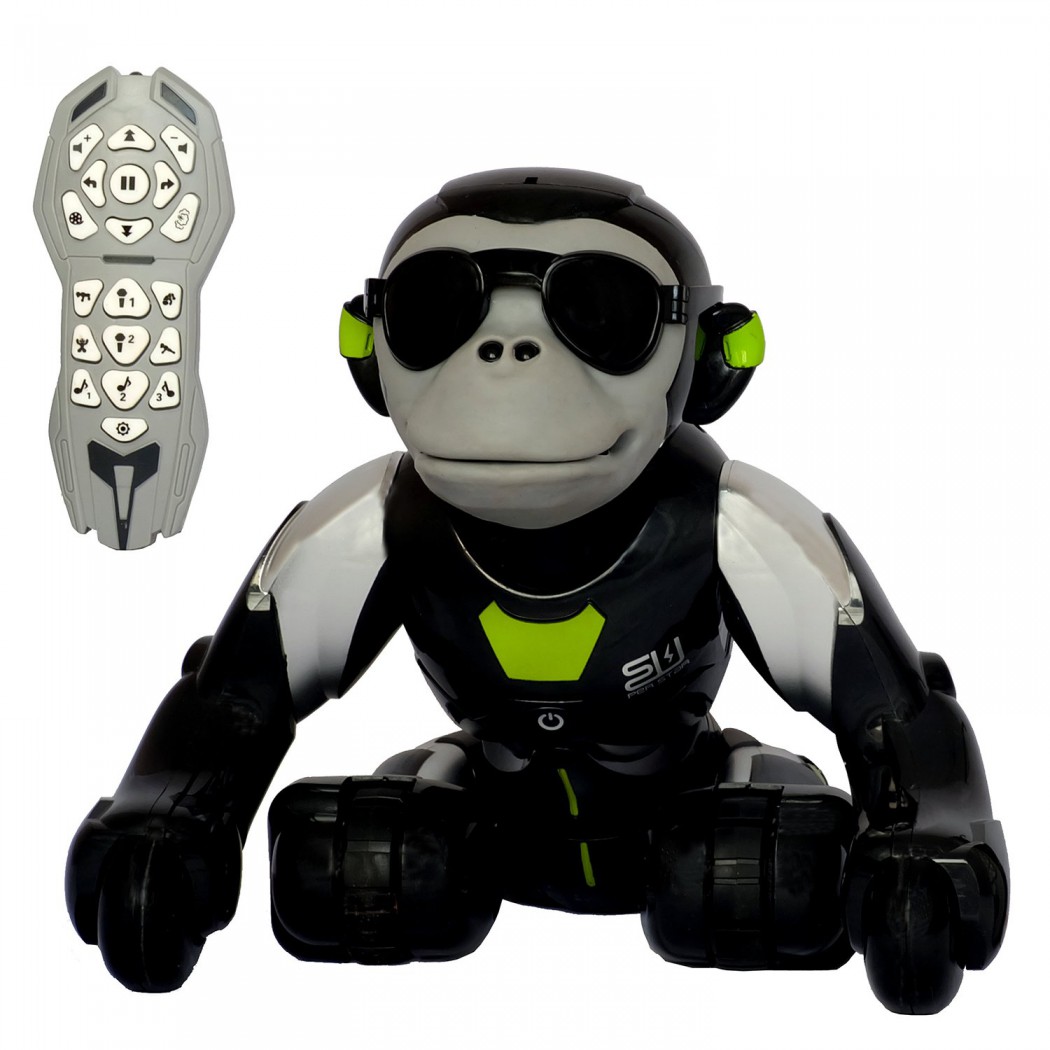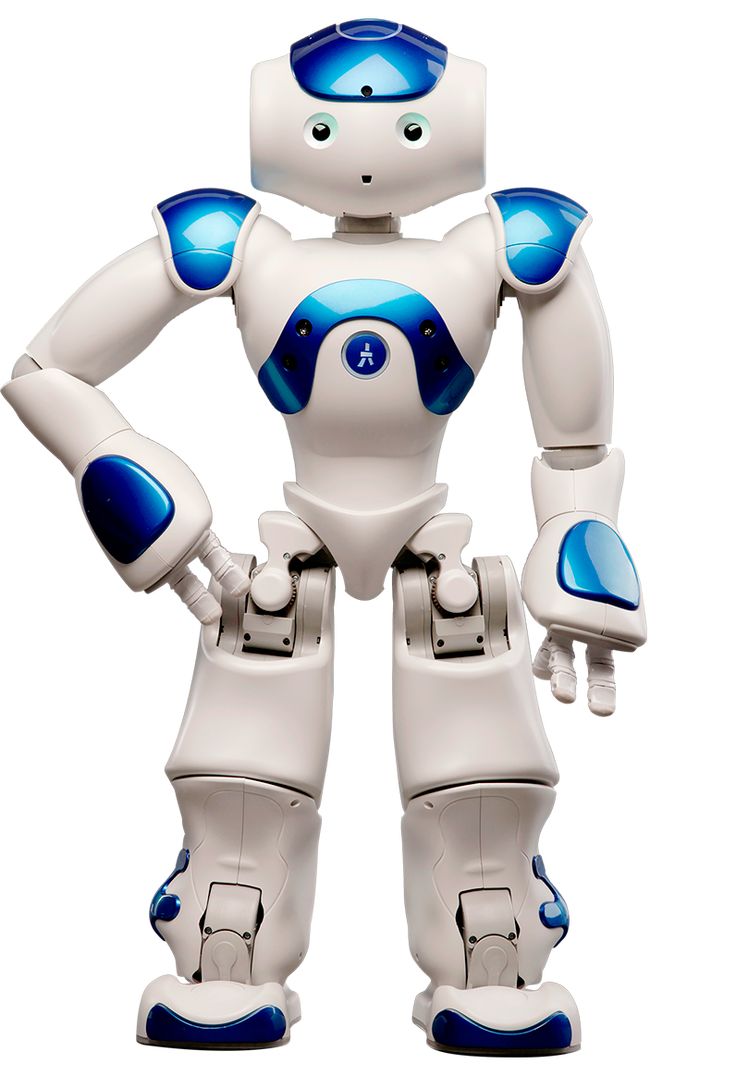American engineers have made a significant breakthrough in the development of bipedal robots by teaching the two-legged Cassie robot to detect low obstacles and bend over to pass under them. This achievement marks an important step towards improving the navigation capabilities of walking robots as they transition from laboratories to the market.
While the hardware of walking robots is advanced enough to walk in complex environments, their software still has room for improvement. Most robots can overcome small obstacles at the level of their feet, but they struggle to account for obstacles that limit movement from above. In the past, engineers from the University of California, Berkeley, led by Koushil Sreenath, introduced a motion planner for four-legged robots that allowed them to independently assess objects and jump if necessary.
In their latest work, the engineers tackled a different problem using the bipedal robot Cassie. Since Cassie uses a dynamic gait, passing under obstacles is more challenging than with initially stable four-legged robots. The engineers described Cassie as a spring-loaded inverted pendulum, a model that has been used in other robots like Salto. However, the authors of the new work added a variable height to the pendulum model.
Cassie is equipped with a depth camera in its upper part, which marks the space in front of it using voxels, a three-dimensional analog of pixels. Based on a three-dimensional map of obstacles, the robot builds a two-dimensional one composed of 0.5-meter pixels. The map is divided into free and occupied areas, as well as those with surmountable obstacles located between 0.7 and 1 meter in height, which is the minimum and maximum height of the robot.
During movement, Cassie is controlled by three planners: a global planner that receives the endpoint from a human and builds a simplified route using a 2D map, a local planner that receives intermediate points from the global planner and builds a trajectory, and a reactive planner responsible for the walk itself, considering only the next 30 centimeters of the path and providing parameters like speed and altitude to the walk controller.
The authors demonstrated Cassie's new capabilities in a video, showcasing the robot's ability to assess obstacles and adapt its height accordingly. Although Cassie walks much slower than its technical capabilities, this achievement highlights the potential of bipedal robots to navigate complex environments more efficiently.
In recent tests, Cassie's creators from Agility Robotics showcased the robot's maximum potential, with Cassie covering 5 kilometers in 44 minutes without falling and reaching a speed of 2.15 meters per second on one of the circles. This progress underscores the growing potential of hiring robot workers for various tasks, as their navigation skills continue to improve.














